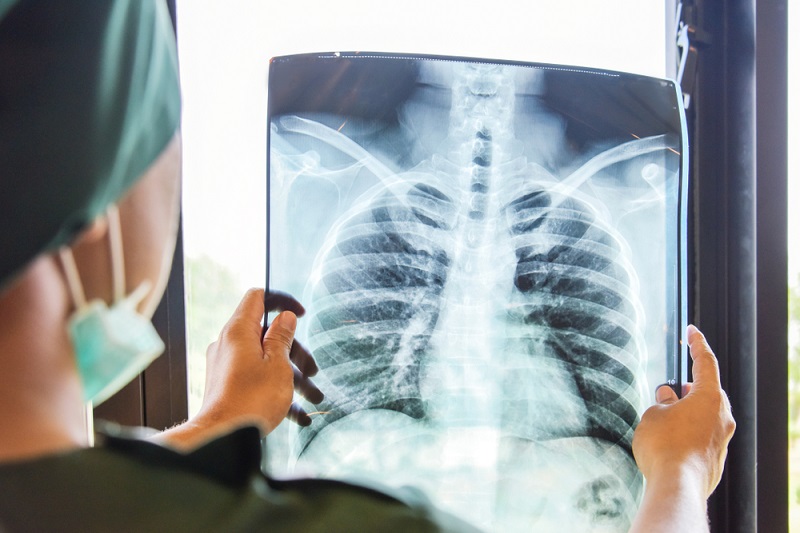
Vaping Outbreak Death Toll Reaches 33
The nationwide outbreak continues to grow.

Nearly three dozen people have died from vaping-related lung illnesses as the nationwide outbreak that continues to grow.
Today (Oct. 17), the Centers for Disease Control and Prevention (CDC) announced that the outbreak's death toll has climbed to 33, up from 26 deaths reported last week. The outbreak victims range in age from 17 to 75, with an average age of 44, the agency said.
What's more, the total number of cases in the outbreak increased to 1,479, up from about 1,300 reported last week.
The majority of those affected by the outbreak are young people, with about 80% of cases occurring in people under age 35.
Officials believe a "chemical exposure" is likely behind these illnesses, Live Science previously reported. But it's still unclear what chemicals or contaminants are to blame. Recently, the CDC said that THC-containing products may play an important role in these illnesses, with more than three-quarters of patients nationwide reporting use of vaping products containing THC, the active ingredient in marijuana.
The CDC is currently performing lab tests of lung biopsies and tissue specimens from patients, as well as conducting "aerosol emission testing" of e-cigarette products used by patients in an effort to uncover the chemicals contributing to the outbreak, the agency said.
Also today, e-cigarette company Juul announced that it has suspended sales of its fruit-flavored vaping products from its website, according to CNBC. (Last year, the company stopped selling the flavored products in retail stores.) The move follows last month's announcement that the Trump administration plans to ban flavored e-cigarettes from the market.
Get the world’s most fascinating discoveries delivered straight to your inbox.
- 4 Myths About E-Cigarettes
- Gasp! 11 Surprising Facts About the Respiratory System
- 8 Tips for Parents of Teens with Depression
Originally published on Live Science.

Rachael is a Live Science contributor, and was a former channel editor and senior writer for Live Science between 2010 and 2022. She has a master's degree in journalism from New York University's Science, Health and Environmental Reporting Program. She also holds a B.S. in molecular biology and an M.S. in biology from the University of California, San Diego. Her work has appeared in Scienceline, The Washington Post and Scientific American.
 Live Science Plus
Live Science Plus





